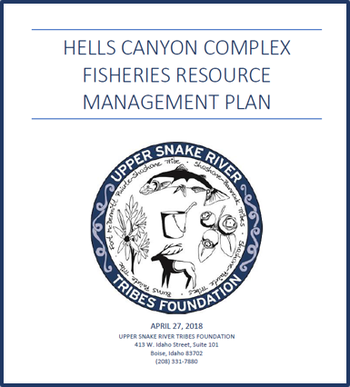The Agai
Track the 2024 Agai as they Move upstream
Spring Chinook (Agai) are moving upstream. Help the Fisheries Department keep an eye on the Runs.
Go To: www.cbr.washington.edu/dart/query/adult_graph_text
Figure - (map credit: Northwest Power and Conservation Council 2014) (graphs: Columbia Basin Research University of Washington)
Go To: www.cbr.washington.edu/dart/query/adult_graph_text
Figure - (map credit: Northwest Power and Conservation Council 2014) (graphs: Columbia Basin Research University of Washington)
Stay Tuned for Details on the
Salmon Homecoming, cermonial release, and other events
Current Resources
|
Click to visit the USRTF Storymap
|
Loss of Salmon and Steelhead in the Upper Snake River BasinUSRTF- December 2023
Prior to European colonization of the northwestern United States, salmon and steelhead had access to much of the Columbia River Basin from Nevada to Canada with an estimated 10-16 million salmon and steelhead returning annually to the Columbia River Basin. Due to anthropogenic changes, such as overfishing and dam building, the salmon and steelhead runs are a fraction of what they were historically. - USRTF |
|
Click here for some background on Restoring Fish Passage by CRITFC
|
SPIRIT OF THE SALMON:
|
Memorandum of agreement between the state of oregon and the burns paiute tribe1.10 The BPT and ODFW have a shared vision of a Malheur Basin reconnected to the greater Columbia Basin, free of impediments to fish passage to support thriving and self-sustaining fish populations.
[...] 1.13 The BPT and ODFW have a shared interest in restoration and agree that eventual reintroduction in the blocked areas is in the best interest of supporting both Parties' shared vision for the Malheur Basin- 2022 MOU |
|
Figure 3. Snake River Damsheds in the Study Area
Click to visit the full Technical Report |
Loss of Salmon and Steelhead in the Upper Snake River Basin ReportUSRTF, USRT, Parametrix- 2023
Under the 1980 Northwest Power Act, the Northwest Power and Conservation Council (the Council) is required to protect, mitigate, and enhance fish and wildlife, including related spawning grounds and habitat, that have been affected by the development, operation, and management of hydroelectric projects on the Columbia River and its tributaries. To guide these actions, the Council has developed the Columbia River Basin Fish and Wildlife Program, which was updated most recently in 2020. The Council determines appropriate mitigation through "loss assessments," which are based on estimates of the productivity of fish and wildlife habitat prior to construction of the dams. - USRTF, USRT, and Parametrix 2023 |
HCC Fisheries Resource Management PlanUSRTF- April 2018
The purpose of the preliminary proposal for the Program is to:
|
Click to visit the HCC Management Plan
|
AboutThe Help Native Fish educational materials were created in 2018 to raise awareness about what people who live, work, and recreate near riparian areas can do to help native fish. Currently the materials have been implemented throughout Eastern Oregon.
Our teamThe Technical Advisory Committee of the Malheur River Working Bull Trout Group includes Oregon Department of Fish and Wildlife, Bureau of Reclamation, US Fish and Wildlife Service, the US Forest Service, and the Burns Paiute Tribe. The Technical Advisory Committee is coordinated by the Burns Paiute Tribe Natural Resources Department.
|
Questions about what you can do or want to learn more?
Contact the fisheries manager at the Burns Paiute Tribe by using the contact form below. |






